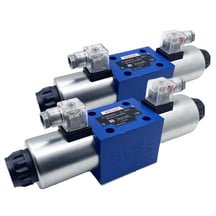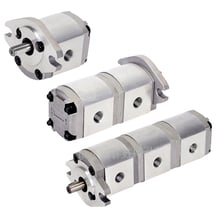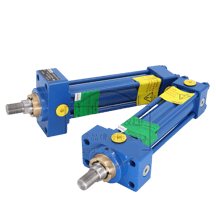How to Choose the Right Hydraulic Pump in 2025: No-Nonsense Advice
Hydraulic pumps are the heart of fluid power systems, but picking the best one for your needs in 2025 isn’t as simple as grabbing a catalog. With industries racing toward automation, sustainability, and smarter tech, here’s how to cut through the noise and make a choice that lasts.
3/8/20252 min read
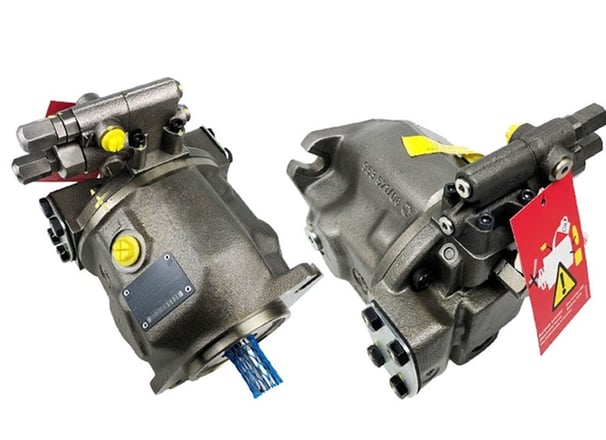

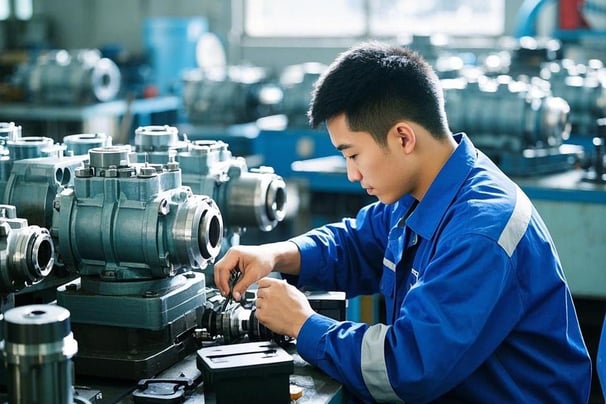

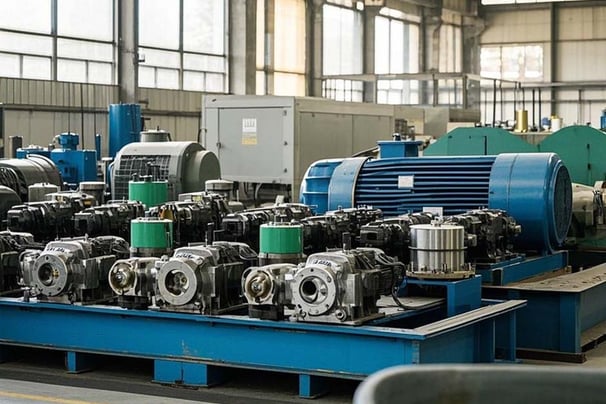

Define Your “Must-Haves” First
Start by asking: What’s the pump’s primary job?
Is it powering heavy construction equipment, precision robotics, or renewable energy systems like tidal turbines? Pump types (gear, piston, vane) each have strengths, but 2025’s applications demand more nuance. For example:
- High-pressure piston pumps dominate in electric vehicle battery manufacturing.
- Quiet vane pumps are ideal for indoor automation where noise matters.
Jot down your max pressure, flow rate, and duty cycle. If a supplier glosses over these details, keep looking.
Efficiency Is Non-Negotiable
A pump that wastes power will drain your budget. Look for:
- Variable displacement pumps: These automatically adjust flow to match demand, slashing energy use by up to 40%.
- ISO 50001-compliant designs: They meet global energy management standards.
Avoid fixed-displacement pumps for dynamic systems—they’re like leaving your car engine running 24/7.
Smart Tech Isn’t Just a Gimmick
By 2025, pumps without IoT connectivity will feel outdated. Prioritize models with:
- Built-in sensors: Track temperature, vibration, and wear in real time.
- Predictive maintenance alerts: Get warnings before failures, avoiding costly downtime.
- Cloud integration: Sync data with platforms like Azure or AWS for system-wide optimization.
If your team uses PLCs or AI-driven analytics, ensure the pump’s software speaks the same language (e.g., OPC UA or MQTT).
The Bottom Line
Choosing a hydraulic pump in 2025 means balancing cutting-edge performance with real-world reliability. Focus on efficiency, smart features, and partners who’ll grow with your needs.
Skip the jargon, ask for hard data, and never compromise on testing. Your hydraulic system’s success starts here.

